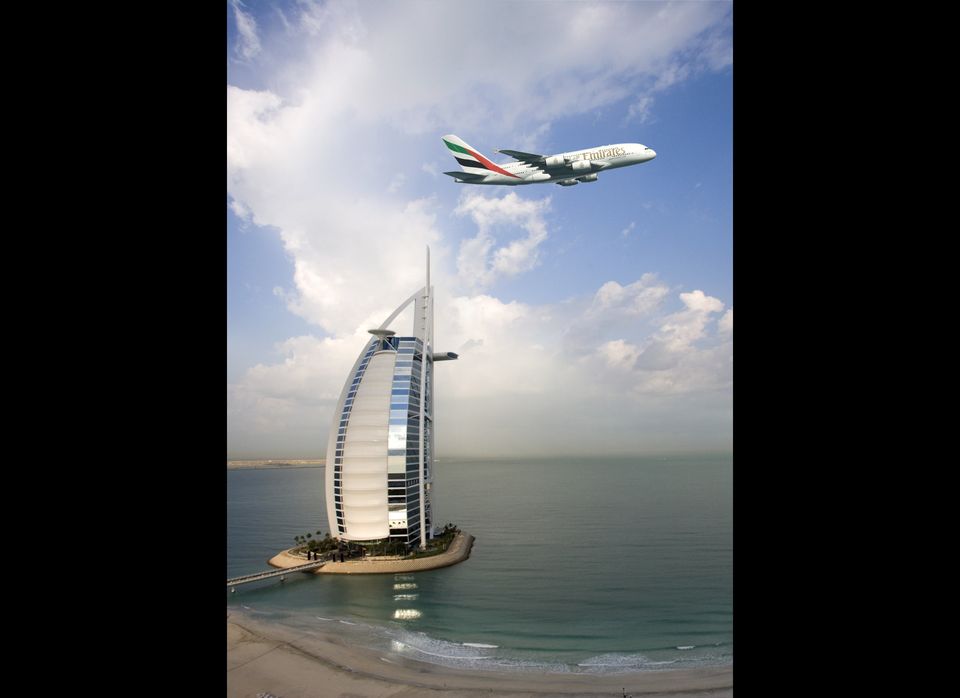The Federal Aviation Administration and the National Transportation Safety Board are investigating a disturbingly close call after two Boeing 757s passed dangerously close to each other.
The incident happened three weeks ago over Hawaii, when United flight 1205 and U.S. Airways flight 432, came within 5 miles of a head-on collision.
With a 757's cruising speed around 530 mph, the two planes could have closed the distance in a matter of seconds.
Thankfully, the United flight -- whose pilot reportedly had a visual of the U.S. Airways plane -- responded quickly to a warning from the Traffic Alert and Collision Avoidance System (TCAS).
Kevin Townsend, a passenger on the plane, described how it dropped 600 feet without warning, throwing passengers into a violent descent.
"I felt my body float upwards and strain against my seatbelt," Townsend wrote on Medium.com. "Passengers around me screamed."
As the recent Malaysia flight 370 disappearance illustrated, air traffic controllers aren't constantly monitoring every corner of the sky. To avoid mid-air collisions, the FAA requires planes with more than 30 passenger seats to use TCAS. The automated system uses transponders to monitor the surrounding airspace, alerting pilots to potential conflicts and issuing instructions to either climb or descend if necessary.
The system operates independently of ground-based equipment, which means the FAA was not even aware of the close call over Hawaii until much later. While commercial plane travel has a remarkably safe track record -- the FAA told Townsend that two commercial airliners coming that close to each other is “very rare” -- the experience has Townsend questioning if the system is "resting on its laurels."
"The more I learn about the industry, the more it becomes clear that our safety in the air does not have the system of oversight we might imagine... It’s still the open ocean out there."
Dan Rose, an aviation attorney and pilot in New York, told the Associated Press that the TCAS alerts "are not uncommon, especially in congested areas like Hawaii, where there are a lot of commercial and smaller planes sharing the same airspace." Often, however, passengers don't notice the evasive maneuvers.
Had the two 757s actually collided, Townsend notes, it could have been the deadliest aviation accident in history, surpassing the Tenerife Airport Disaster in 1977, which claimed 583 lives.

